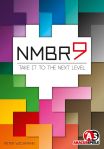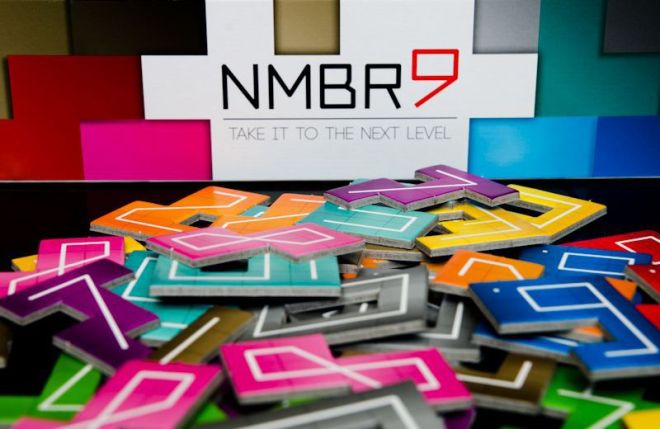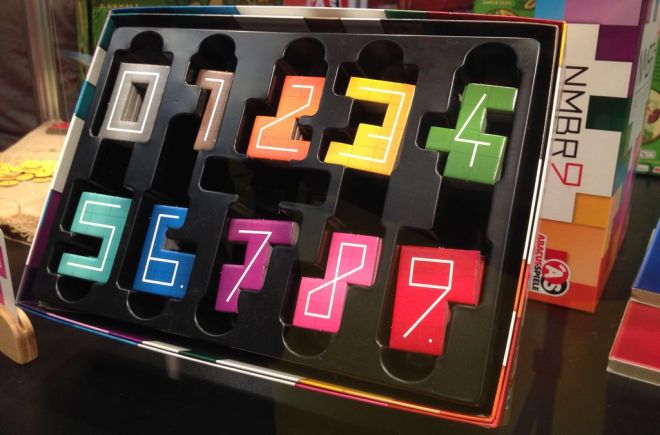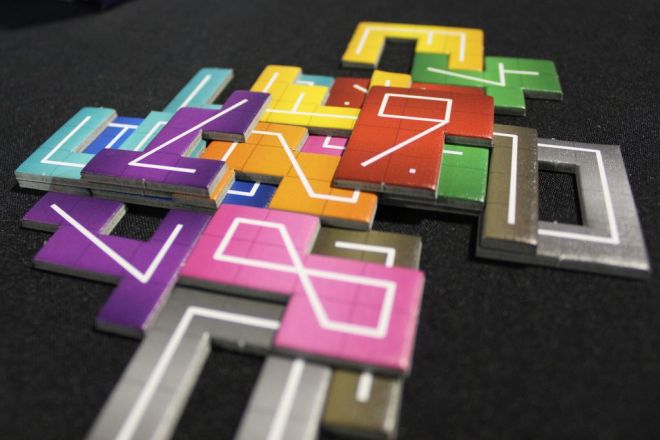 NMBR 9 Review
NMBR 9 Review
I know most of you have played Tetris back in the day and for those of you who familiar with Board Games, Patchwork won’t be a stranger. Okay first of all, Tetris is a old time classic arcade video game with 2D platform polyominoes puzzle. In Tetris, players must arrange the polyomino shapes that marching down from the top of the screen into the surface. Each time a line is completed / filled, it will be cleared so players can still add the never ending lines of shapes. Meanwhile in Patchwork, 2 players will take turn to buy polyomino tiles to be added to their player board that consists of 9×9 square grid. They buy the tiles with button and time. Some of the tiles provide buttons as income, which will generate buttons for players when they activate the income. At the end of the game, each empty square that players have will generate -2 points against their total points.

What Is NMBR9
In NMBR 9, players are also required to arrange the tiles in specific order and with special rules. Unlike Patchwork with its complicated turns and income, and the time based challenge of Tetris, NMBR provides the same puzzle challenge that players need to complete in order to gain the most points out of it. In this game, players will have two sets of number-shaped tiles (from 0-9) with the total of 18 tiles. The game starts with one player will reveal a card from the draw pile (18 cards with numbers 0-9, already shuffled before). These cards show a number that players need to place in front of them. The placement restrictions are simple, they can freely place the first tile, but the sides of subsequent tiles must touch with 2 sides of the previous tile(s). They can place the new tile on top of the previous tiles, thus adding new layer on top of the existing one, as long as the new tile must not be placed to cover a hole from the previous tile, in addition the must expand the layer from that tile, must not expand from new tile aside from existing one. They can always expand the lowest layer. They do these 18 times (reveal all the cards) and then proceed to score their tiles. The scoring is unique, since the shape of each tile refers a specific number, that tile will be scored based on that number multiplied by the story level that the tile is placed. All the tiles placed on the first level (Story level 0 / ground floor) do not generate points because the tile is multiplied by 0. The first story tiles are multiplied by 1, the second story tiles are multiplied by 2 and so on (there’s no limit of stories you can make). Players tally up their points and the player with most points, wins the game.

My Thoughts
The game is very simple, easy to play and last around 10-15 minutes. The game can be played up to 4 players, but since the game is basically a multiplayer solitaire game, any number of players can play at the same time, providing they have the copies to support that many players. Hey, you can even play with 100 players altogether if you can provide 25 copies of the game, just saying. I like how it presents us with tiny bit of puzzles each time you must place a tile. It seems easy and simple at first but when you already place several tiles, you will start to rethinking your previous decisions and what you should do instead. You cannot score all the tiles, so you need to figure out which tiles give you the best points. In a way, you need to set priorities on which tiles come first and which tiles give big points. Placing low number tiles as foundation never hurts, because you are prepping for the high number tiles so they can fit on the higher levels. I found the game to be mildly addictive and I could play this game over and over again, which after quite a while it definitely going to feel repetitive, but the good thing it plays really fast (30 minutes or less). The components are nice, love the plastic insert to store the different shape tiles in a very organized way. The tiles are thick, number-shaped so it’s easy to recognize though some will be difficult to see the orientation (worry not, number 6 and 9 have a dot in the bottom part to differentiate them). Aside from the number-shaped they also made each number unique in color (though it doesn’t do much to color blind players).
So if you like puzzle (more importantly polyominoes) then this is a great fit. Simple and quick, and there’s arithmetic involved with how the tiles are score which would do good for children to learn basic math and of course spatial thinking (trying to fit shapes in existing layout).

Note: Images are taken from BoardGameGeek and full credit to its owners.

